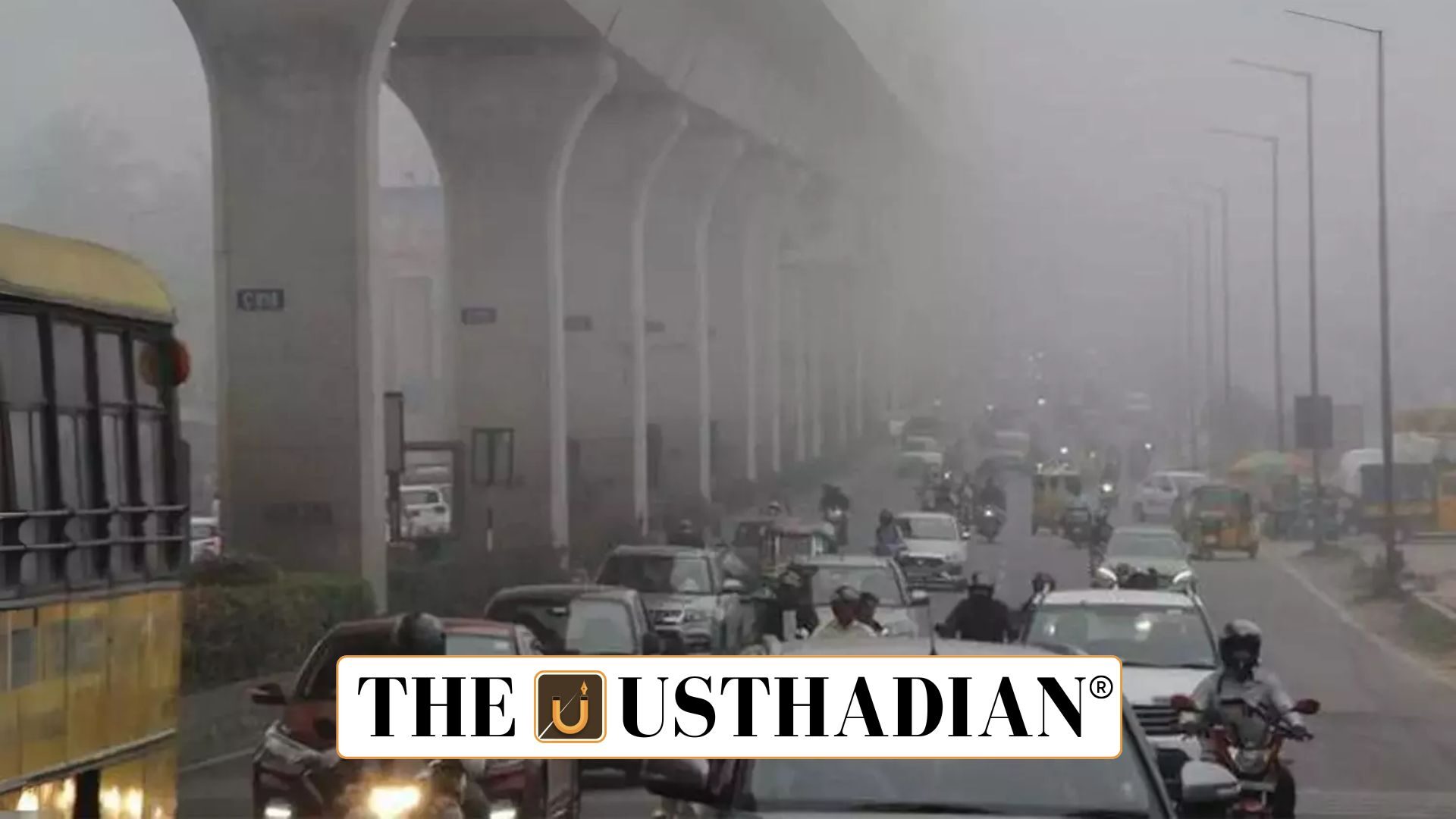Cities show opposite aerosol trends
Urban Aerosol Patterns and Pollution Islands in Indian Cities: Recent findings by IIT Bhubaneswar from data between 2003 and 2020 have revealed contrasting aerosol patterns in Indian cities. While some cities show more pollution inside city limits, others show the opposite trend. These observations redefine how we view urban air pollution in India.
Urban Aerosol Pollution Islands
Cities in southern and southeastern India show higher aerosol levels inside the city compared to their rural surroundings. These cities act as pollution domes, where local emissions dominate. There is little contribution from external sources like dust or long-range smoke, which creates a concentrated pollution island effect.
Static GK fact: Aerosols are tiny solid or liquid particles suspended in air, affecting both human health and climate.
Urban Aerosol Clean Islands
In contrast, around 43% of cities in northern and northwestern India, especially in the Indo-Gangetic Plain, show lower aerosol levels within the city than in surrounding areas. These areas receive dust from the Thar Desert and smoke from biomass burning during certain seasons. Cities act as buffers, reducing aerosol movement and forming cleaner zones inside urban limits.
Wind stilling slows aerosol flow
The key factor behind clean islands is the urban wind stilling effect. High-rise buildings and dense city infrastructure slow down surface winds. This causes atmospheric stagnation, which prevents aerosols from entering city centers. The result is high aerosol concentration around cities but cleaner air within them.
Static GK Tip: The Indo-Gangetic Plain is India’s most populous region, stretching across Punjab, Haryana, Uttar Pradesh, Bihar, and West Bengal.
Seasonal shifts influence aerosol effects
The clean island effect is strongest during the pre-monsoon season, when dust storms and burning of crop residues peak. During monsoon, rain and cloud cover lower aerosol levels and make satellite data less reliable. In post-monsoon and winter seasons, the clean island effect is less visible due to reduced dust and increased moisture in the air.
Lessons for urban air quality policy
The study emphasizes that not all urban pollution comes from within the city. External sources like desert dust and rural fires are key contributors in northern India. In southern cities, urban emissions are the main culprits. These insights can help policymakers build climate-resilient and sustainable urban plans based on the specific pollution dynamics of a city.
International parallels and future scope
Similar urban clean island effects have been reported in global cities like Shanghai and Atlanta, though for different reasons. The Indian case highlights the role of urban growth, geography, and microclimates in shaping pollution. More in-depth research is needed as cities expand and climate change alters wind and emission patterns.
Static Usthadian Current Affairs Table
Urban Aerosol Patterns and Pollution Islands in Indian Cities:
| Topic | Detail |
| Study Period | 2003 to 2020 |
| Research Institute | IIT Bhubaneswar |
| UAPI Cities | Southern and Southeastern India |
| UACI Cities | Northern and Northwestern India (IGP region) |
| Clean Island Share | 43% of cities studied |
| Key Season | Pre-monsoon (highest dust and smoke levels) |
| Main Wind Impact | Urban wind stilling effect |
| External Pollution Sources | Thar Desert dust, biomass burning |
| Global Examples | Shanghai, Atlanta |
| GK Tip | Aerosols affect climate, weather, and human health |








